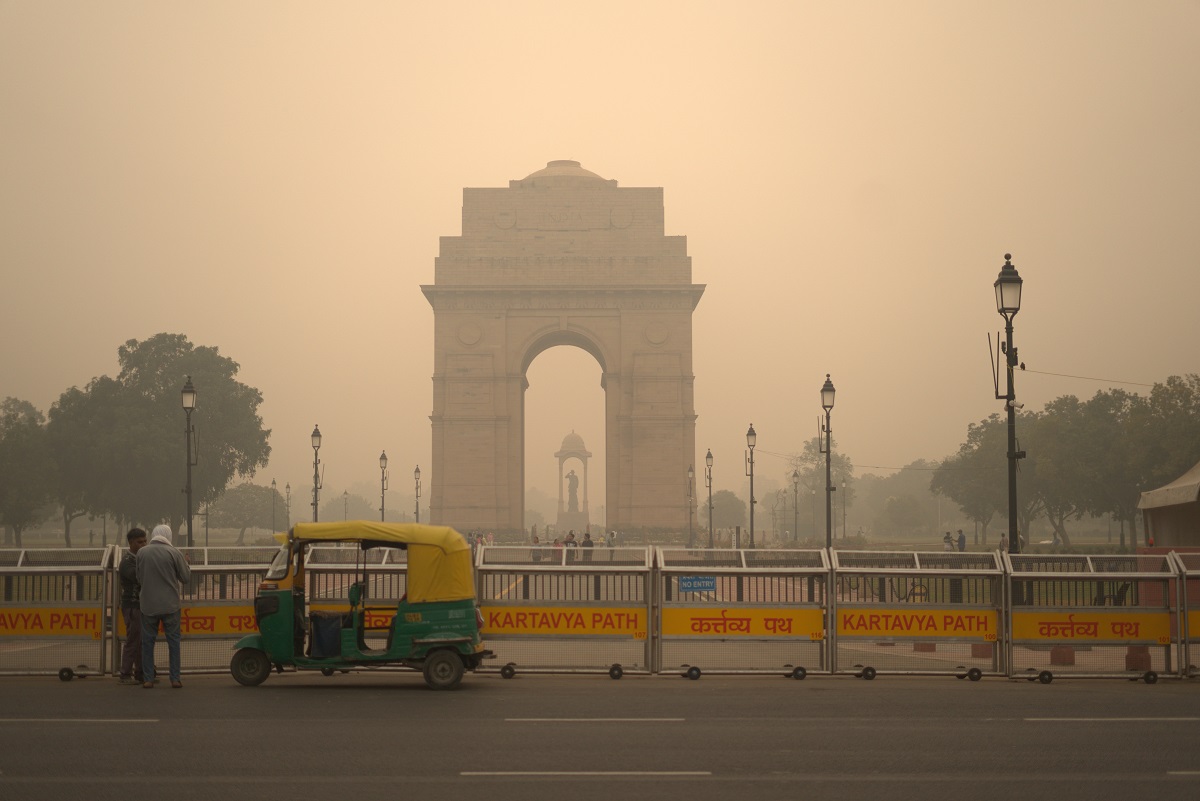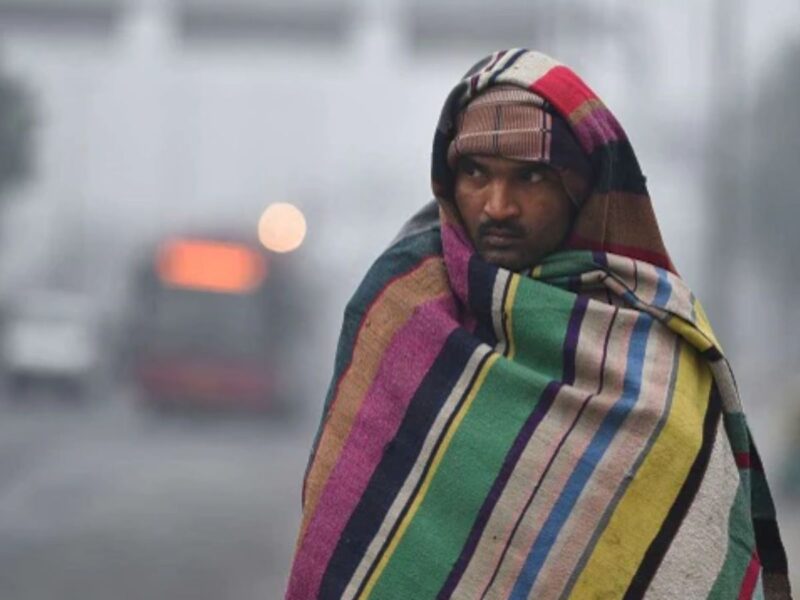The toxic haze enveloping Delhi intensified further on Wednesday, as the air quality inched closer to the “severe” category due to unfavourable meteorological conditions.
At 8 am, the national capital’s Air Quality Index (AQI) stood at 392. The 24-hour average AQI, reported at 4 pm, had reached 397 on Tuesday, 358 on Monday, and 218 on Sunday.
Air pollution reached alarming levels, classified as severe (AQI above 400), in several areas within the city. These areas included ITO (427), RK Puram (422), Punjabi Bagh (432), IGI Airport (404), Dwarka (416), Patparganj (417), Sonia Vihar (413), Rohini (421), Nehru Nagar (434), and Anand Vihar (430).
Neighbouring regions such as Ghaziabad (362), Gurugram (322), Greater Noida (312), Noida (364), and Faridabad (369) also recorded very poor air quality.
The AQI scale categorizes air quality from good (0-50) to satisfactory (51-100), moderate (101-200), poor (201-300), very poor (301-400), severe (401-450), and severe plus (above 450).
On Tuesday, IQAir, a Swiss company specializing in air quality monitoring, declared Delhi the most polluted city globally, followed by Dhaka, Lahore, and Mumbai.
As per a system developed by the Indian Institute of Tropical Meteorology in Pune to identify pollution sources, stubble burning accounted for 12% of the capital’s air pollution on Tuesday. It is projected to increase to 14% on Wednesday and reduce to 6% on Thursday.
Authorities from the Commission for Air Quality Management (CAQM) affirmed the continuation of stringent measures under the Graded Response Action Plan (GRAP), including a ban on construction activities and the entry of polluting trucks into the national capital, until further notice.
“Stubble burning incidents are on the rise, and the meteorological conditions are unfavourable for pollutant dispersion. We will evaluate the situation and respond accordingly,” stated an official from CAQM.
Medical experts reiterated that breathing the polluted air in Delhi is akin to the adverse effects of smoking approximately 10 cigarettes a day.
Prolonged exposure to heightened pollution levels can trigger or worsen respiratory issues like asthma, bronchitis, chronic obstructive pulmonary disease (COPD), and significantly elevate the risk of cardiovascular disease, they warned.
During winter, unfavourable meteorological conditions, along with vehicular emissions, paddy-straw burning, firecrackers, and other local pollution sources, collectively contribute to hazardous air quality levels in Delhi-NCR.
A Delhi Pollution Control Committee (DPCC) analysis highlighted that the city witnesses a peak in pollution from November 1 to 15, coinciding with an increase in stubble-burning incidents in Punjab and Haryana.
Delhi consistently ranks among the world’s worst capital cities in terms of air quality.
In an August report compiled by the Energy Policy Institute at the University of Chicago (EPIC), it was revealed that air pollution is shortening lives by nearly 12 years in Delhi. (With inputs from PTI)





